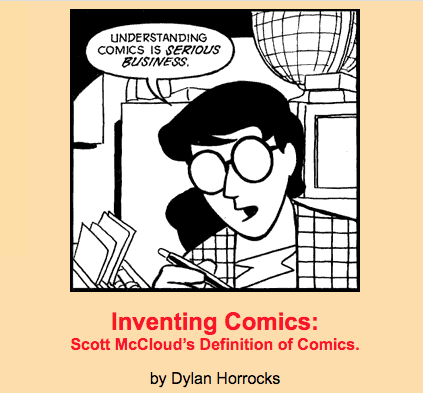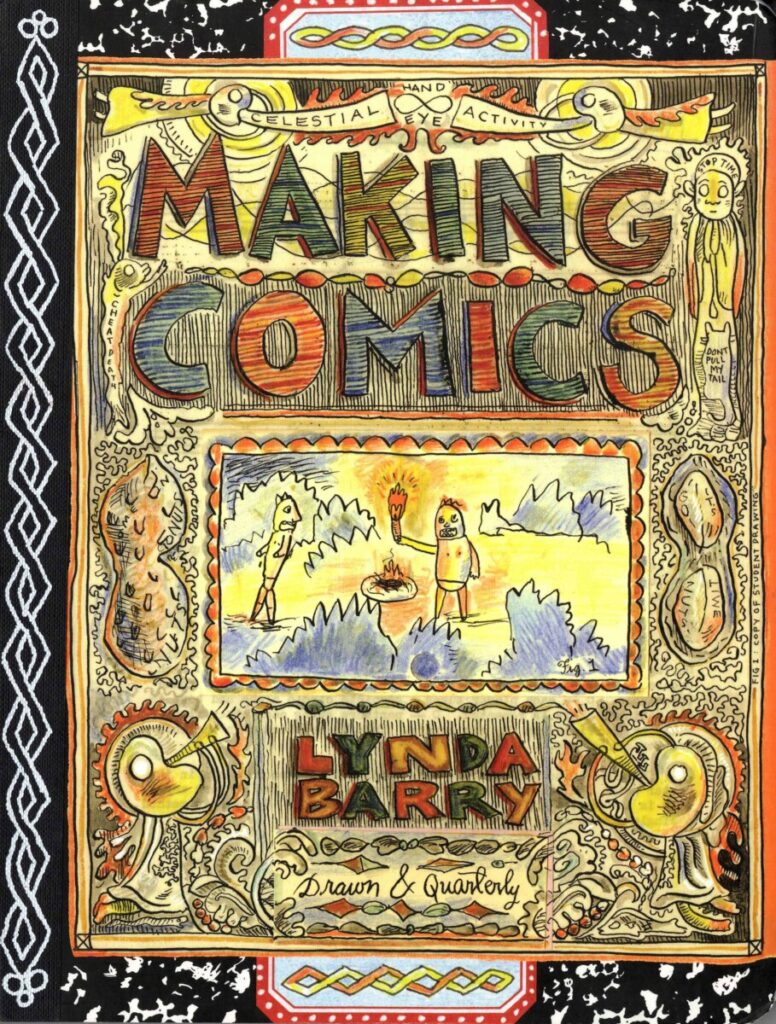Understanding Comics is arguably the most important book of comics theory. It is a comprehensive toolkit for learning the language of comics. Since its publication in 1993, it has in many ways defined the genre.
However, are there considerations McCloud is missing?
How does it stand up after 26 years when viewed through a contemporary lens?
Please read this analysis of the work:
Inventing Comics: Scott McCloud’s Definition of Comics, by Dylan Horrocks (first published in the Comics Journal #234, June 2001
Understanding Comics has become something of a manifesto for many in the comics community. It constructs a way of talking about comics that affirms and supports our longing for critical respectability and seems to offer an escape from the cultural ghetto.
Crucial to that ‘way of talking about comics’ is Scott’s definition of the ‘form.’ In a sense he uses this definition to establish the limits of the territory which he will go on to explore – and claim – on behalf of the comics community. But like any definition, it is necessarily an expression of certain values and assumptions. By saying, ‘This is comics,’ Scott is really saying: ‘This is what comics should be; it is what we should valuemost about them.’ On the other hand, he’s also saying what comics should not be, and, by implication, what we should value less about them.
Let’s take a closer look at that definition, then, and see what it reveals about McCloud’s agenda, and what he (and his constituency within the comics community) value most, and least, about comics.







Recent Comments